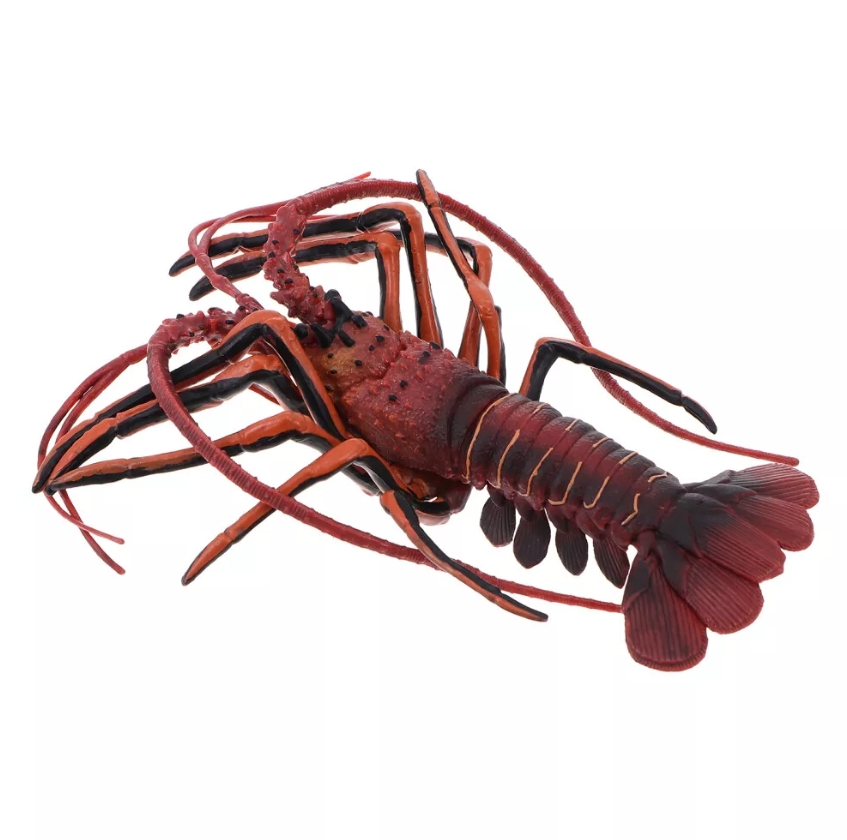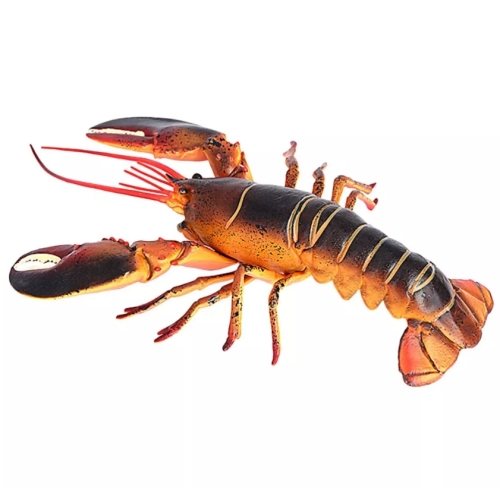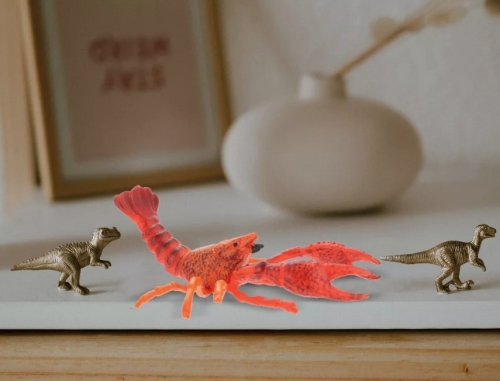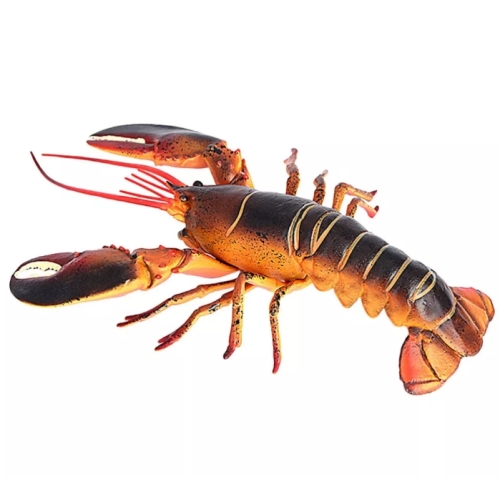The lobster model is a biological model commonly used in scientific research and teaching, which is based on vivid forms and features to help people gain insight into the anatomy and physiological mechanisms of this Marine creature. Through careful observation of lobsters, scientists can gain valuable information about their growth, reproduction, and ecological environment.
Lobster models often include several important anatomical parts, such as antennae, pincers, abdomens, and feet. These components are designed not only to take into account the physical characteristics of the organism, but also to reveal its internal structure, which is easy to learn and study. Especially in biology courses, lobster models provide students with visual learning tools that make abstract biological knowledge more concrete and understandable.
In addition, lobster models are of great value in the study of ecology and environmental science. By simulating how lobsters behave under different environmental conditions,researchers can better understand their role in the ecosystem. For example,as a benthic animal,lobsters participate in the material cycle and energy flow of Marine ecosystems,and studying their living habits and distribution rules will help protect and manage biodiversity in relevant waters.
It is worth mentioning that with the progress of science and technology,the production of lobster models has become increasingly refined. Now,some 3D printing technology has been introduced into the model production,making the details of the model more realistic, but also make its application more extensive. Beyond education,lobster models can also play a role in food science,drug development and other fields, helping researchers explore the nutritional content of lobsters and their potential medical value.
In conclusion, lobster modeling is not only an important tool for teaching and research, it also plays an important role in a wider range of subject areas.
















